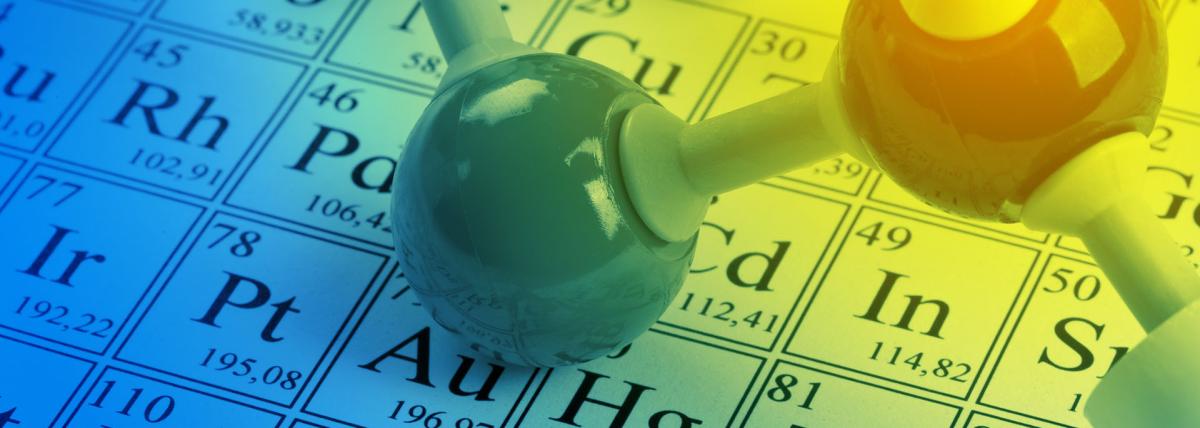
Endo or Exo: Which is It Lab?
by Amanda Stalvey Harrison
A common challenge in Thermodynamic Chemistry is how do endo vs. exothermic reactions FEEL. Students will conduct three different chemical reactions to collect data and observations about the Endothermic or Exothermic nature of these reactions. Students will collect initial and final temperature measurements, conduct a flame test of the gasses evolved in the lab, feel the reactions' energy change, then using that data, identify whether the reaction is Endothermic or Exothermic, what the gas involved is and use this data to identify the final products of the reaction, and type of reaction. This lab investigation is a great way for students to experience chemical reaction energy changes first hand.
Lesson Plan Link/URL
https://docs.google.com/presentation/d/1q5-pQ5jIurh7yc1tRbyD9GI8Hf6RLpQF/edit?u…Subject Area
Science Physical Science P1: Matter P4: Energy Transfer Mathematics Measurement and Data (MD) Expressions and Equations (EE) Number & Quantity (N) English Language Arts (ELA) Reading (Informational Text) Writing
Featured
Off
Related Content

Grades:
7th Grade, 8th Grade, 9th Grade, 10th Grade, 11th Grade, 12th Grade
Lesson explores compounds, mixtures and solutions, defining each and what distinguishes them from each other. Students complete a lab as an introduction, use a PowerPoint to refine their knowledge and

Grades:
10th Grade, 11th Grade, 12th Grade
This is a phenomena-based introduction to how emission spectra of elements and the connection to electrons and energy levels. Students first get to explore the emission spectra of several gases using

Grades:
8th Grade, 9th Grade, 10th Grade, 11th Grade, 12th Grade
VR in the classroom, oh my! This Day 1 lesson provides students an introductory understanding of chain reactions, Rube Goldberg and his machines, the Oculus (Meta) Quest 2, the online game Dynamic

